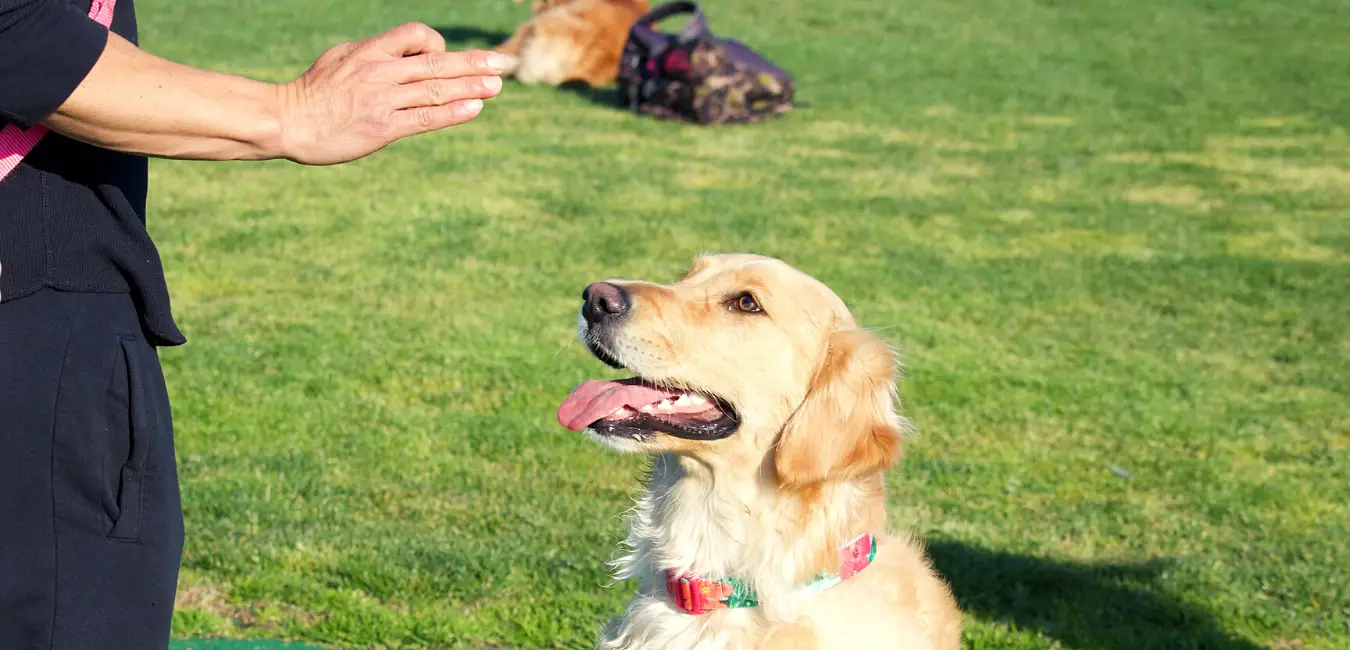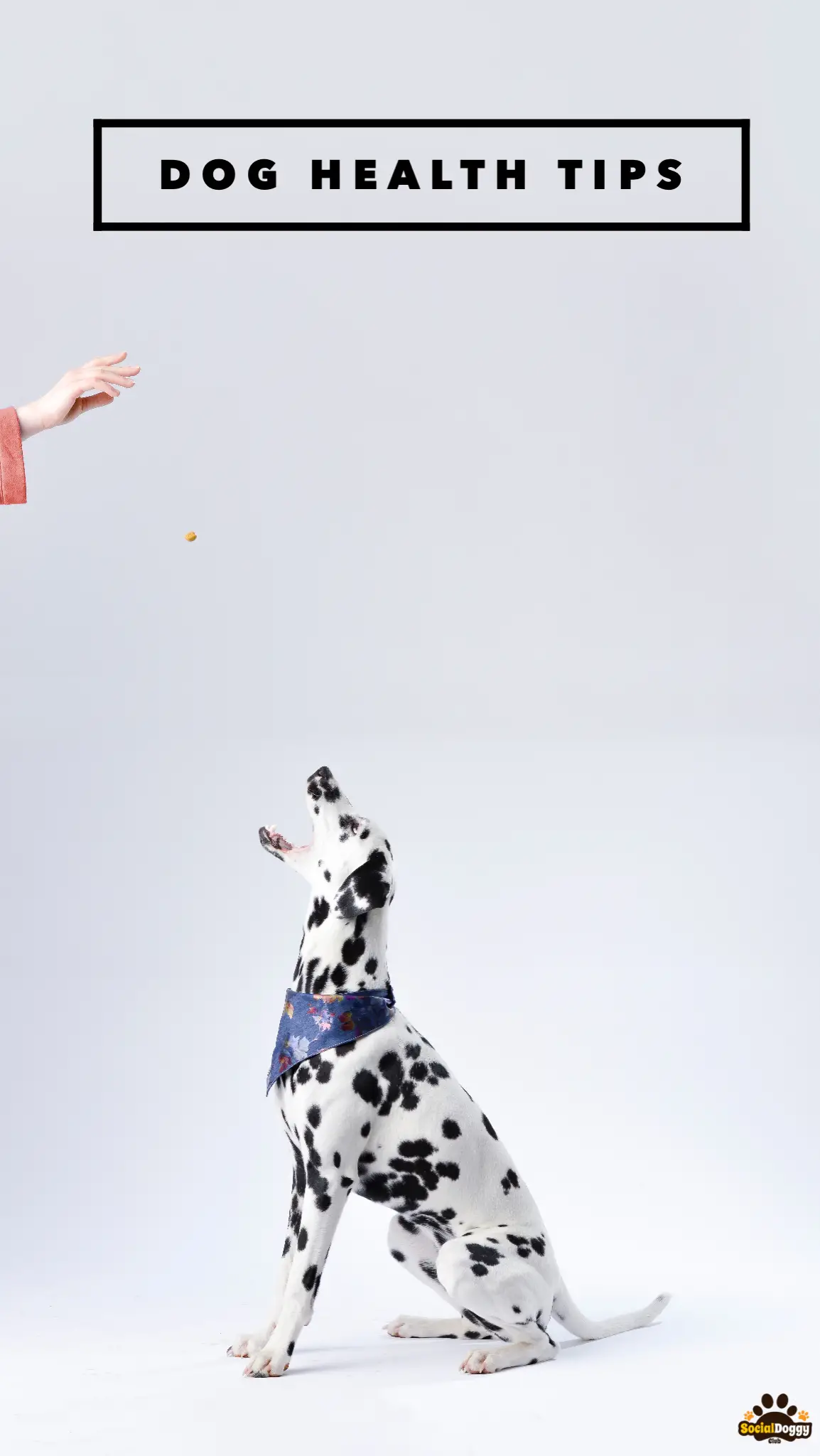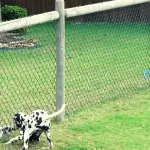Are you learning German? Are you just trying to have more fun with your dog? German dog commands can be a great way to establish even more of a bond with your dog and the commands work surprisingly well if you don’t use the same language at home. By sticking to using a foreign language that you don’t communicate with regularly, you should be able to avoid confusing your dog when you are speaking to others. Below, we will be going over some of the basic commands you can start with.
Contents
Common Beginner Dog Commands In German
1. Sitz
This is perhaps the easiest one to start with. After all, you are only adding a ‘z’ to the end of the word you likely already use with your dog. By using this word, you can help to give your dog a verbal cue that you are talking to him or her. After all, you likely say the word sit quite often in your household when you aren’t even communicating with your dog. By adding the ‘z’ at the end of the word, your dog will have the verbal cue that you are speaking to them.
2. Stopp
This is another good command that you can start with because it closely resembles the word ‘stop’ in English. If you want to differentiate it to avoid confusing your dog and mixing signals, you can use the word ‘halt’ instead. Like in English, halt means to ‘stop.’ However, it is very likely you use the word ‘halt’ much less in your everyday vocabulary. Therefore, it can be a good alternative to use for your command.
3. Fuß or “Fuss”
This is a command that directly translates to ‘foot.’ Therefore, it is a good way to command them to ‘heel’ in German. This word is pronounced ‘fooss.’ This is another word that you likely don’t even come close to using which can make it a very effective verbal command.
4. Platz
This is a great option to use to tell your dog to get off your furniture or to stop getting on their back legs to jump on people. This word is pronounced ‘plats’ which makes it a very easy word to say for English speakers and it is a word that you are likely not even coming close to saying in your day to day life.
5. Aus
This is a command that you are likely going to want to begin with considering how often dogs get into things they aren’t supposed to. Aus is a good command to tell your dog to ‘drop’ something. It can be pronounced ‘owss.’
As you can see, there are plenty of basic commands that are not only easy to learn for your dog, but they are rather easy to learn yourself whether you know German or not. By using German language or any other language you rarely use in your daily life, you can make it much easier to train and communicate with your dog. If you are looking to train them in German, you should stick to a single word at a time and use the commands they already know to communicate what the word means and to reinforce the command. Once they obey the command, you can praise them, and eventually they will begin obeying commands made entirely in German.
References:
[1] https://www4.uwsp.edu/psych/dog/languag1.htm








